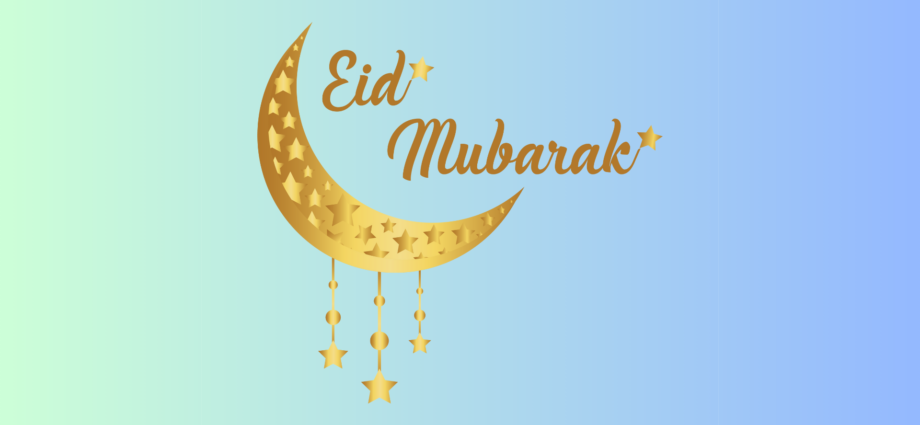
Rahat Zaidi, University of Calgary
March 30, 2025
“For Eid we have to call in sick and I don’t like that. You should have the day off school. And everybody gets a holiday….Not everybody celebrates it, people just want to have a day off. Having Eid, I fasted 30 days, like a month and I had to call in school and say, I’m not showing up because it’s Eid.’ They should know and I shouldn’t have to call in.” — Abdoul, research participant.
“When it’s Christmas, we have two weeks off, right? Even though we don’t celebrate, we still take two weeks. But in Eid time…we have to come to school. So if we can get [a day] off, that will be a big encouragement to our religion.” — Fatma, research participant.
These were some of the sentiments racially diverse students in Brooks Composite High School in southern Alberta expressed when my research assistants and I interviewed them for our inquiry into the challenges they experienced as they integrated into the Canadian school system.
I am a research professor in the Werklund School of Education at the University of Calgary. In 2021, my team and I at the university’s Transliteracies Lab (which studies the experiences of refugees, immigrants, newcomers and settlers in Alberta’s schools and communities) began working with Brooks Composite High School, located in a rural town in Alberta.
Every December, students across Canada enjoy a two-week break to celebrate Christmas. In spring, Good Friday and Easter Monday bring further celebrations and a long weekend.
In contrast, for millions of Canadians who mark celebrations such as Diwali, Eid or Lunar New Year — some of the world’s most widely observed religious and cultural festivals — there is no formal acknowledgement, and for those students wishing to recognize these traditional celebrations, it often means being marked absent from school.
This gives us pause to reflect: What would it mean to make space in our school calendars to include different religious and cultural celebrations?
A moment of change in Alberta
Since the 1990s, the establishment of a meat-packing plant in Brooks has driven significant demographic changes, attracting a large immigrant and refugee population and increasing the racialized population from around three per cent in 1996 to over 45 per cent in 2021. Today, more than 75 per cent of students at the school are newcomers or children of immigrants, and approximately one-third are Muslim.
Our research emerged from senior school administrators expressing the challenges racially and culturally minoritized learners experience as they navigate the school system.
We engaged 13 English language learner (ELL) students in Grades 10 to 12 in a series of dynamic structured educational workshops we call Critically Engaged Language and Literacy Workshops (CELLWs). The students were mostly Muslim and of Arab and Somali descent, and were identified as facing more pressing issues that needed to be addressed.
CELLWs provide a space for self-reflection that promotes fair, inclusive and diverse education. They recognize the unique experiences of racially diverse students and help teachers create educational practices that connect past and present experiences across different environments.

Students reflected on their lived experiences, religious identities and feelings of exclusion. The workshop conversations resulted in efforts to raise community awareness (including social media posts on Instagram, Tik Tok and YouTube) around a variety of social justice issues pertaining to the participants’ lived reality.
In May 2022, the students at Brooks made national headlines when the southeast Alberta school district agreed to acknowledge the religious celebration of Eid al-Fitr on the school calendar. This decision was a direct result of Muslim students and their families expressing frustration about being marked absent while celebrating one of the most sacred days in the Islamic calendar.
The school district’s decision wasn’t just symbolic. It demonstrated what meaningful inclusion can look like when education systems listen to their communities and reflect the lives and cultures of their students.
A call to action
As part of our research, our team also produced the documentary Bridging the Gap and its accompanying resource guide. The film showcases how using students’ voices and arts-based methods can break down systemic barriers related to race, language and religion in schools.
In a poignant moment, one student recalls feeling like an outsider and putting in extra effort to “fit in.” A parent in the documentary later states: “We have to keep our traditions for our children.”
As the first of its kind in western Canada, the film serves as a resource to support racially diverse families’ integration into education, highlighting their stories and building positive partnerships with schools and universities.
Canada’s public holidays and school calendars tell a story about power, the stories that get told and, right now, the ones left out. Through open dialogue and building relationships of trust using platforms that encourage meaningful interaction, we worked together with the school, community and parents, to help racially diverse students bring about change.
Being recognized matters, and acknowledging diverse cultural practices in school policy is one tangible way to combat the marginalization many racialized people experience. This scholarship provides a model for future reference and reveals a forward-thinking perspective on how education systems ought to understand the deeper issues and challenges faced by racially diverse students and communities.
We were able to give these students an opportunity to tell their stories; stories of power, resistance and victory as they made their voices heard. When schools make space for cultural and religious traditions, they affirm students’ identities and help foster a stronger sense of belonging critical for their well-being, academic success and civic engagement.
Rahat Zaidi, Professor, Werklund School of Education, University of Calgary
Subscribe to our newsletter.
This article is republished from The Conversation under a Creative Commons license. Read the original article.

